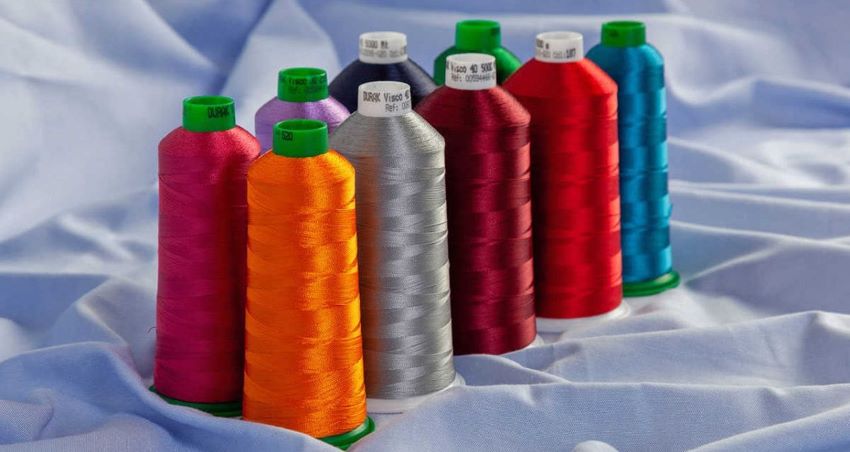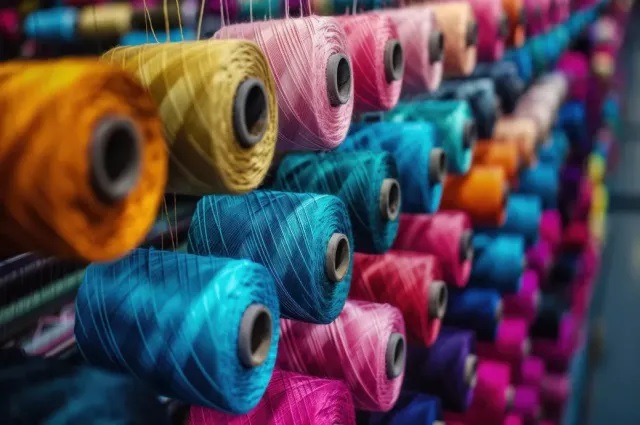Vietnamese enterprises are weaving eco-friendly materials like organic cotton, recycled polyester, and Tencel into their production processes, says Vu Duc Giang, Chairman, Vietnam Textile and Apparel Association (VITAS).
With an aim to achieve net-zero carbon emissions by 2050 under the Fashion Industry Charter for Climate Action, these enterprises are harnessing advanced technology in their designs and production. Investors are working to optimize production capacity, streamline supply chains, and improve product quality to stay competitive in both domestic and global markets.
Many of these Vietnamese textile and apparel firms aim to shift to a sustainability-driven, circular business model between now and 2030. By 2031-2035, they plan to fully integrate Vietnam into a circular economy, strengthen its domestic value chain, and secure a high-value position in the global supply chain.
The firms are not only investing in sci-tech, upskilling the workforce but also developing hi-tech textile and dyeing projects in industrial zones. They are also expanding their production of natural, eco-friendly materials, accelerating digital transformation, and building a robust fashion ecosystem with globally and regionally recognized brands.
With over 7,000 apparel companies employing more than three million workers, Vietnam’s garment-textile industry is emerging as a true powerhouse. The industry exports up to 80 per cent of its products while reserving the remainder for domestic consumption.
Last year, Vietnam increased its apparel exports by 11.26 per cent to nearly $44 billion. This achievement consolidates the nation’s position as the world’s second largest garment-textile exporter, behind only China.
Supported by 17 next-generation free trade agreements (FTAs) already in effect, the industry is poised for further growth, targeting $48 billion in export revenue this year.












